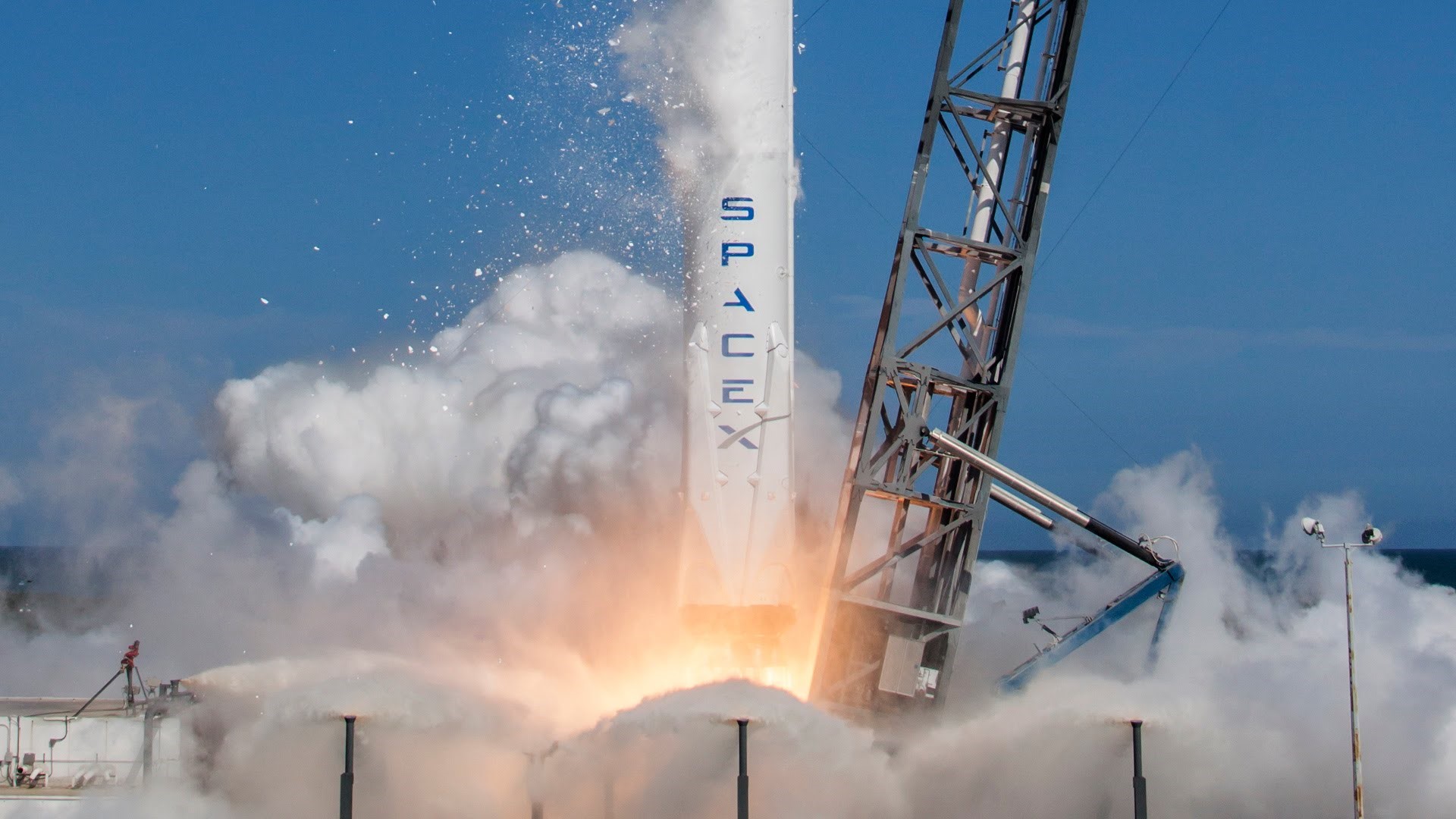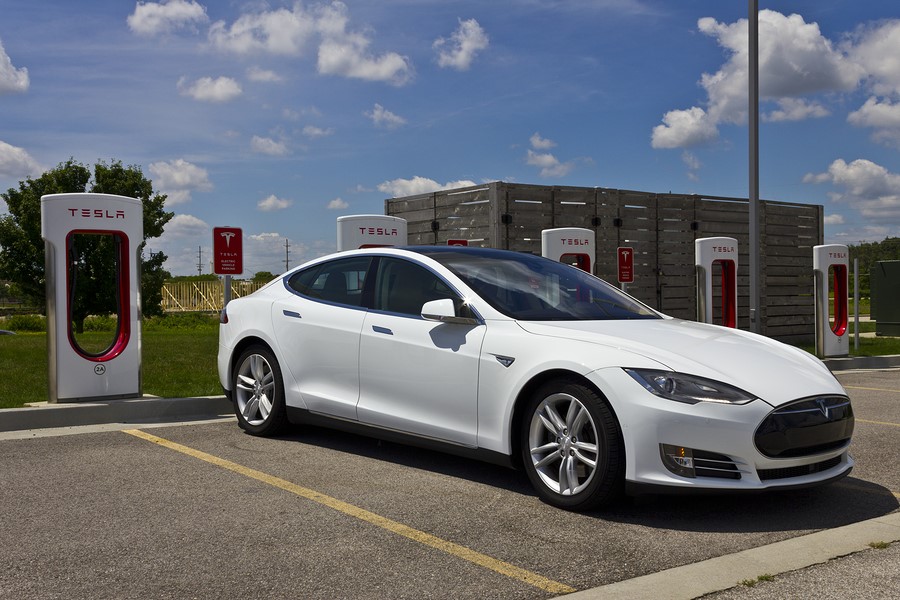SpaceX Unveils Plans to Provide Low-Orbit, Global Satellite Internet

A few week ago, Tesla Motor’s space division, SpaceX, unveiled plans to blanket the globe in internet access provided by 4,425 satellites at low-orbit. The company’s CEO, Elon Musk, will work with the U.S. government and private investors, including Google, to provide satellite internet service for residential, commercial, institutional, and government use.

SpaceX has already secured $1 billion in funds from Google for the “satellite constellation” project that, Musk says, will cost a minimum of $10 billion. Google has been pursuing its own method of providing internet on a global scale with high altitude balloons. In the past, Google has also shown interest in similar projects, such as WorldVu Satellites Ltd.’s OneWeb proposal. People in rural America will be the first to benefit from SpaceX’s new project when it comes to fruition.

Musk has appealed to the Federal Communications Commission (FCC) – the government agency that, along with the Department of Agriculture (USDA), has invested over $260 billion in mobile broadband expansion in the last seven years – to oversee the launch of 800 preliminary satellites.

SpaceX, the most prominent and most precocious private space technology company, is known for its innovation. This year, for example, Musk unveiled several parts of the launch vehicle, the spacecraft, and the mission architecture of the company’s Interplanetary Transport System that could eventually bring people to Mars. It’s approach to satellite is just as revolutionary.
There are already several national satellite internet providers – notably HughesNet, Exede, and Dishnet – but these providers use geostationary satellites, not low-orbit satellites. These satellites orbit the earth at 22,000 miles above sea level, meaning that online data has to travel 44,000 miles round trip. This distance has long been a stumbling block for satellite internet, since it takes upwards of 700 milliseconds (ms) for a satellite signal to travel between earth and space.
Instead of sending satellites into high, stationary orbit like other providers, SpaceX plans to build a constellation of coordinated, moving satellites would orbit at 715 to 823 miles above earth. Bringing more satellites closer to earth solves the most pertinent problems with satellite internet – high latency and capacity. The company estimates that it will reduce the latency of satellite internet to 25 to 35 ms while being able to accommodate more subscribers without sacrificing users’ speeds.

To put these numbers into perspective, today’s satellite internet has a latency that is 7 to 25 times higher than mobile broadband and 50 to 150 times higher than cable. So, although satellite Internet providers advertise impressive speeds, the user experience will be much slower. The latency of SpaceX’s satellite constellation will be just 2 times higher than cable.
Although it is unlikely that a SpaceX satellite service would immediately rival the blistering speeds of wireline services like Time Warner Cable and Comcast, it would provide an alternative for rural dwellers that do not have access to these services. Satellite technology is particularly useful in mountainous areas where the terrain makes it difficult to implement wireline and mobile broadband technology. On a global level, the satellite constellation could bring internet to developing countries that do not have the infrastructure to support wireline connections.
SpaceX’s low-latency alternative has the potential to make today’s satellite internet technology obsolete, but, even if it doesn’t, it will likely increase the competition between providers. More competition could lower prices and encourage other providers to innovate.

Today, America’s most popular satellite internet providers are national carriers HughesNet (which has the most extensive coverage area and lowest prices), Exede (which boasts the fastest speeds), and Dishnet. These three companies together provider a vast coverage of the contiguous United States except for some parts of Alaska.
More information about today’s satellite internet services:
Download speed: 5-15 Mbps Upload speed: 1-2 Mbps Latency: 500-1500 ms Installation/equipment cost: About $500 Monthly service cost: $50-$90/month
In summary, the launch of SpaceX’s constellation of broadband satellite will likely reduce hardware cost, increase capacity for more subscribers, reduce lag-time, increase transmission speeds and decrease monthly subscription cost. Video streaming and online gaming will become more popular on satellite systems for rural customers. Most importantly, customer will acquire more blocks of data for their buck!





